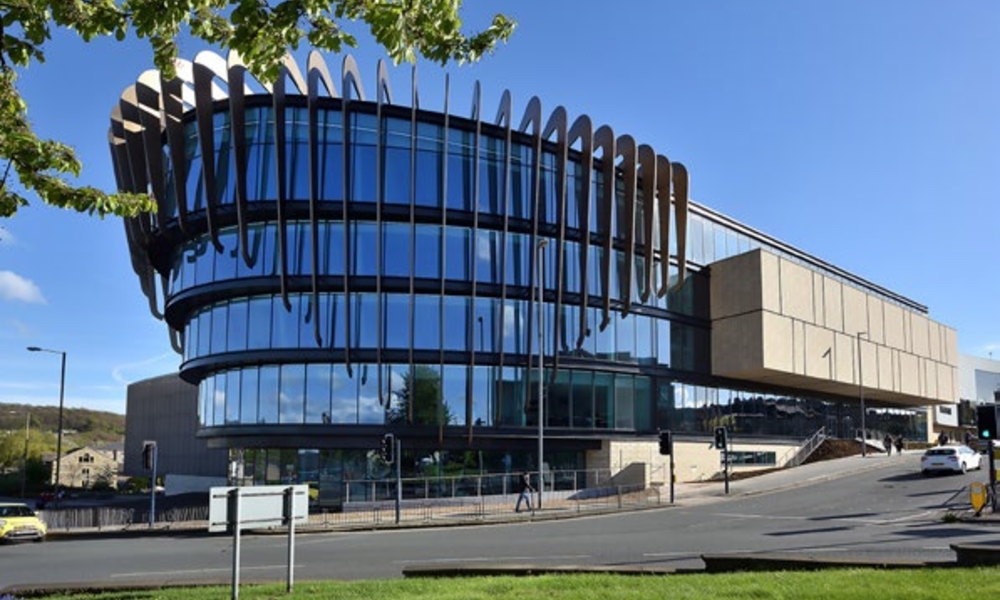Executive Summary of the AUDE Higher Education Estates Management Report 2019 by Jane White, AUDE Executive Director
In last year’s report we referred to a time of real uncertainty for our universities as well as for our nation. A year on and at the time of writing Brexit continues to cast its cloud of uncertainty, while the recommendations of the Augar review, though at least now published, remain un-implemented. Given the call of a general election, the landscape will no doubt look different again in 12 months’ time. Against a background of uncertainty, the factual clarity of the data here acts as an anchor for our universities.
So, in the spirit of factual clarity, during the most recent year we’ve analysed:
- undergraduate numbers increased to 1.5m, driven specifically by growth in UK and non-EU students (despite a fall in the number of eligible 18-year-olds in the UK). Those universities in our large research category of institutions have been the main beneficiary of a growth trend now going back for over ten years
- the overall size of the university estate rose to 22,561,588 m² (GIA) with the largest rise attributable to the large research category which has grown from by 50,000 m² to 900,000 m² this year (+5.8%)
- total capital expenditure across the entire university estate has exceeded £3.5bn for the first time.
In this year’s report we’ve thought as much as ever about the long-term (ten year plus) trajectories of our graphs, always useful for guiding us towards major trends. One trend more than any has dominated our discussions in developing the EMR this year, namely the demographic surge that will soon be upon us. In two years’ time the number of UK 18-year-olds available to enter the university system reaches a low point. The trajectory of the line on the graph reverses as the number of potential undergraduates begins to grow for the first time in a decade from 2021 with all the obvious implications for the estate; accommodation, space, income, carbon use and more, that such a demographic reversal will produce. We’ve been thinking about demographic indicators and actuals: student numbers have actually risen despite there being fewer UK young people of the right age to go to university. In some places international students have helped to replace UK ones, while in others, the appeal of a university education is stronger than ever and rising take-up rates more than outweigh a reduction in the numbers of young people of the right age. It cannot be ignored that for many institutions however, there has been a prolonged and significant reduction in student numbers. Underneath the broad headline of future demographic change the picture is mixed, with type of university, traditional catchment areas, the relative pull of the big city compared to the small town, known specialisms and international reputations all having their effect on the likely rate of growth in student numbers. Some of the discussion around this year’s findings has been around the self-evident and widening gap between different institutions. Whereas one is developing rolling multi-year capital projects, the other is building on a case by case basis as funding allows. Is it inevitable that some institutions continue to build momentum, recruit students and increase income, and pull further and further ahead? As long as institutions succeed in their own terms, does this matter?
AUDE acts as a supportive environment and a shared learning space for universities of every kind. In the year ahead we’ll be continuing to broaden our CPD offer from our Summer School programme for aspiring directors of estates and facilities management, to courses for specialisms across the whole of the estates and FM remit. We’ll be focusing hard on supporting our universities to benchmark investment decisions using our soon-to-be launched Capital Costs Database. And we’ll be keeping our focus on the work to encourage truly sustainable campuses, pushing towards full take-up of the Sustainability Leadership Scorecard, described by AUDE Chair Craig Nowell of the University of Exeter as “our sector’s best current chance of meeting the urgent demands of climate science.”
AUDE (the Association of University Directors of Estates) supports directors of estates and facilities management with their daily decision making and tasks across UK universities. We help them in all aspects of wide-ranging remits, from the way they manage space, to the way they procure construction contracts, to the way they ensure their institutions operate as sustainably as possible. In all of this, our annual Estates Management Report (EMR) is a key element in helping the sector take the right strategic decisions in estates management: we describe the report as “the information background for important, high-value and long-term decision making”. Our benchmarking report, EMR allows institutions to compare themselves against similar universities – by size, and by proportion of income (split between research and teaching). It shows patterns – and by doing so, alerts estates directors to opportunities, as well as challenges. For instance, this year we note a small downturn in the quality of our estate and alert our members to that issue as a risk for the future; and perhaps more worryingly, what is now a three-year-long reduction in maintenance spend. Directors of estates and facilities management will be arguing strongly for investment to prevent the storing up of future problems suggested by these statistics. We also note the strong trend towards private sector provision of university accommodation – an opportunity for many universities, though admittedly one that needs tight management and one which is not without its own element of risk for sector reputation.
For more information on how AUDE supports estates and facilities management directors and teams across higher education please visit our website at www.aude.ac.uk.



